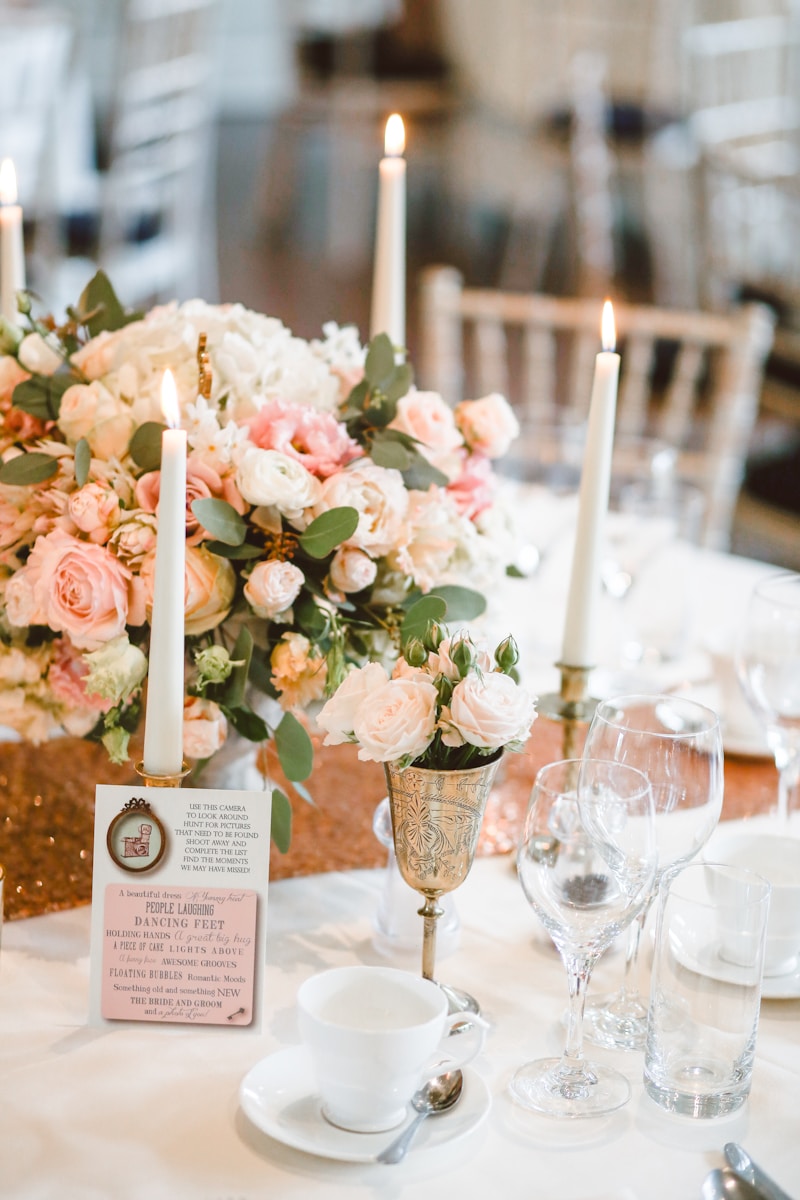Essential Guide to Preparing for Alterations on Bridal Gowns
Understanding Bridal Gown Alterations
Preparing for alterations on bridal gowns is an essential step in ensuring that your dress fits perfectly on your special day. Every bride dreams of walking down the aisle in a gown that not only reflects her personal style but also fits like a glove. This article will guide you through the necessary steps, considerations, and tips for a successful fitting process to achieve your perfect wedding look.
Why Are Alterations Important?
Bridal gown alterations are crucial for several reasons:
- Fit: Most bridal gowns are made in standard sizes that may not match your specific measurements. Alterations help achieve a flattering fit.
- Comfort: A properly fitted gown allows for ease of movement as you walk, dance, and celebrate throughout your wedding day.
- Style: Custom alterations can enhance design features of the gown, ensuring that it showcases your best attributes.
When to Start Preparing for Alterations
Timing is critical when it comes to bridal gown alterations. Ideally, you should begin preparing for alterations about 2-3 months before your wedding day.
The process typically involves the following key stages:
- Initial Consultation: Meet with your seamstress or tailor to discuss your vision and any specific changes you desire.
- First Fitting: Bring your gown and any undergarments or shoes you plan to wear on your wedding day to assess the fit.
- Subsequent Adjustments: You may need 2-3 fittings depending on the complexity of your alterations.
Preparing for Your First Fitting
Preparation is key for a successful first fitting. Here are some tips:
- Bring Necessary Items: Bring your bridal gown, the shoes you'll wear on the wedding day, and any accessories.
- Wear Appropriate Undergarments: Invest in a good strapless bra or shapewear that matches your planned bridal look for an accurate fitting.
- Have a Clear Vision: Discuss the changes you want in detail, whether it's taking in the waist, shortening the hem, or adjusting the neckline.
Common Alterations for Bridal Gowns
There are numerous alterations that brides typically consider to ensure their gown looks perfect:
| Type of Alteration | Description |
| Hemline Adjustment | Shortening or lengthening the gown to achieve the desired length. |
| Waist Adjustment | Taking in or letting out the waist to enhance comfort and fit. |
| Strap Adjustment | Modifying the straps for better support or aesthetics. |
| adding or Removing Train | Altering the train length for dramatic effect or practicality. |
| Taking in Side Seams | Adjusting the side seams to ensure the gown hugs the body correctly. |
Choosing the Right Tailor or Seamstress
Your choice of tailor or seamstress can significantly impact the results of your alterations. Here are some pointers:
- Research: Look for reviews and testimonials from past clients to assess the tailor's or seamstress's skills.
- Experience: Choose a professional with experience in bridal gown alterations specifically, as they understand the unique constructions of Wedding dresses.
- Consultation: Schedule a consultation to discuss your vision, ask questions, and feel confident in their capabilities.
Cost Considerations
Understanding the possible costs associated with bridal gown alterations is vital to your budgeting. Wedding dress alterations can range significantly based on complexity:
- Simple Alterations: Basic adjustments like hemming may cost between $50-$150.
- Moderate Alterations: Adjustments to fit or style changes might range from $150-$300.
- Complex Alterations: Major reconstruction or custom changes can exceed $300 and may go up based on the fabric and techniques required.
Be sure to discuss the cost upfront to avoid surprises as your wedding day approaches.
What to Expect During Each Fitting
As you progress through fittings, keep these expectations in mind:
- Communication: Communicate openly with the seamstress regarding comfort and style.
- Time: Each fitting will take approximately 30-60 minutes, depending on the complexity of adjustments.
- Multiple Visits: Do not be surprised if multiple fittings are necessary; it’s a normal part of the process to achieve the perfect fit.
Final Touches and Preparation for the Big Day
In the final fitting, the focus will be on ensuring everything is perfect:
- Final Measurements: Ensure any last-minute adjustments are noted, especially if there have been changes to your body shape.
- Review Care Instructions: Ask your seamstress about the best way to care for your gown before the wedding day.
- Pick Up Schedule: Confirm when and where you’ll pick up your gown for the big day, and consider how you’ll transport it safely.

Conclusion: Preparing for Alterations on Bridal Gowns
In conclusion, preparing for alterations on bridal gowns is a vital step that should be approached with care and anticipation. By starting early, communicating effectively with your tailor, and understanding the process, you can ensure a stress-free experience leading up to your wedding day. Take your time in choosing the right professional, and trust their expertise to make your gown look its absolute best. Remember that each bride deserves to feel stunning and comfortable as she walks towards her new beginning. Pay attention to the details, and don’t hesitate to ask questions along the way to make the process smooth and enjoyable.
Ultimately, your bridal gown will symbolize love and commitment, so investing in the perfect fit through alterations is a must to create memories that will last a lifetime.